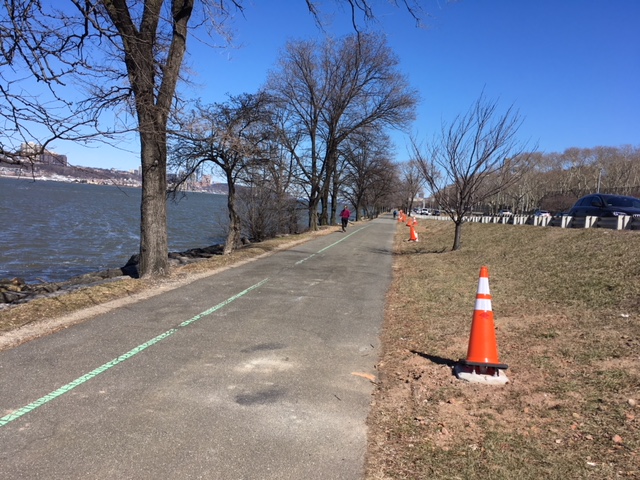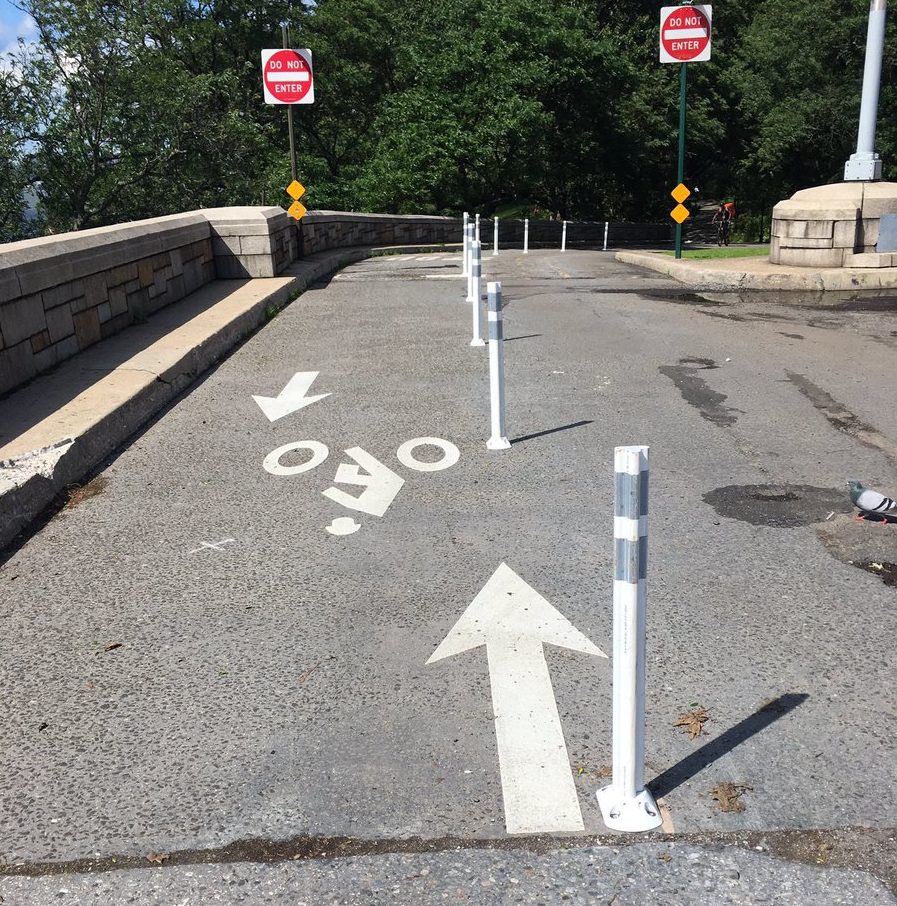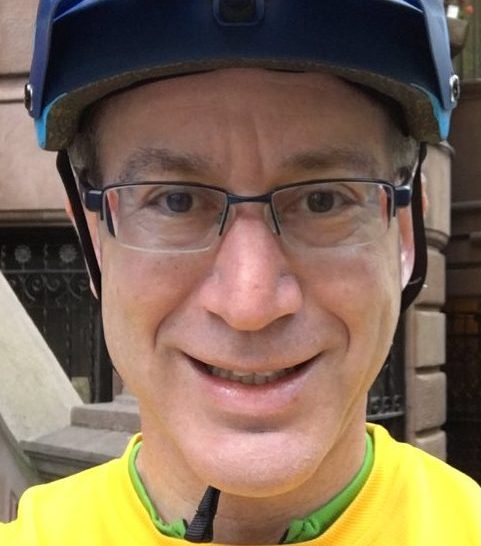On Wednesday night, I rode on the new "bypass" dedicated bike path through Riverside Park, which directs cyclists away from the Hudson River Greenway from 72nd to 83rd Streets. I found it unacceptable in many ways.
The newly designated detour on the nation’s busiest cycling path is well intentioned. Recently a 4-year-old child was injured by a speeding cyclist on the greenway. But the "solution" is deeply flawed — so flawed, in fact, that the city should reconsider its decision forcing cyclists to use the bypass.
The bypass’ steepness and the intermingling of cyclists and pedestrians there render the path unsafe.
Since the bypass opened, I have often seen pedestrians walking on it — put in danger by cyclists who pick up too much speed on the steep descent. (There isn't sufficient signage warning both users.) Cyclists easily can coast down those hills at more than 20 miles per hour, putting pedestrians at risk of serious injury or even death if there are collisions.
Moreover, the hills are too steep for all but the most serious cyclists, so even casual, responsible cyclists (including children and seniors) who formerly could negotiate the greenway are effectively excluded from riding on the bypass. That leaves that section of the route only to cyclists who are able to climb steep hills — and who may be more prone to speed.
The detour forces cyclists to "go up many hills that might be hard for a senior or an inexperienced biker like me," my 13-year-old nephew told me.
The likely big reduction in casual cyclists could put pedestrians at an even greater risk, because pedestrians won't realize they're walking in the bike lane until they face a speeding cyclist. And cyclists have an incentive to speed down hills, in order to gain momentum to get up the next hill.
Further, there is no lighting on the bypass, especially near the Rotunda. By 9:30 at night, on one of the longest days of the year, it was pitch black. My bike lights were insufficient to light the path, let alone for me to see if any people might be hiding in dark, isolated areas. The lack of proper lighting will further dissuade many riders and could make riders — especially women — fearful to ride in the park after dark.
Still another flaw: The paint and bollards at the Rotunda, which are supposed to provide cyclists with guidance as they pass near motor vehicles, make no sense. The northbound arrows point right at the bollards. Meanwhile, if southbound cyclists follow the painted arrows directing them, they leave no room for northbound riders.

Rather than precluding many riders from the greenway and forcing cyclists onto steep hills, where they are prone to ride at excessive speeds, we should make pedestrians safer by getting all cyclists to slow down in shared areas. Community Board 7 overwhelmingly passed a resolution I proposed calling for a 10-mile-per-hour speed limit on all wheeled vehicles on shared paths in Riverside Park. Right now, there is no speed limit. I hope this is enacted and intelligently enforced soon.
In sum, the bypass is clearly well-intentioned, but it puts both pedestrians and cyclists at greater risk while dissuading all but the most serious cyclists from riding on what has been an essential part of the city's bike infrastructure. I hope the Department of Parks and Recreation will reconsider forcing cyclists onto this path before there is a tragedy.
Richard Robbins is a member of Community Board 7 and serves on its Transportation Committee. The views represented here are solely his own and do not reflect the views of CB7.







